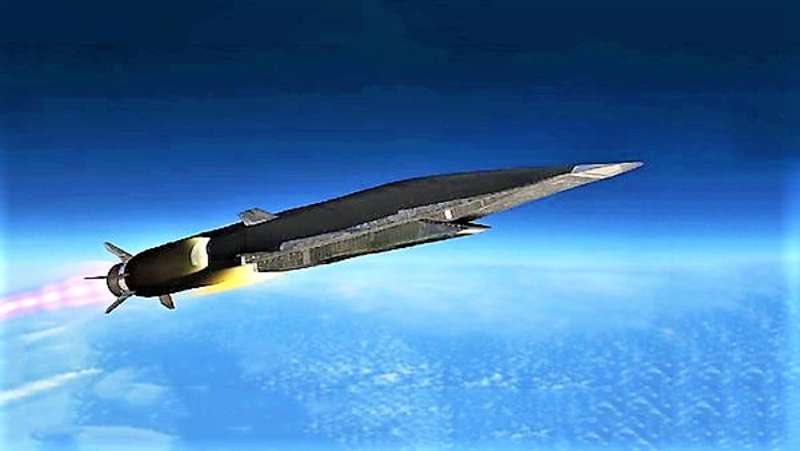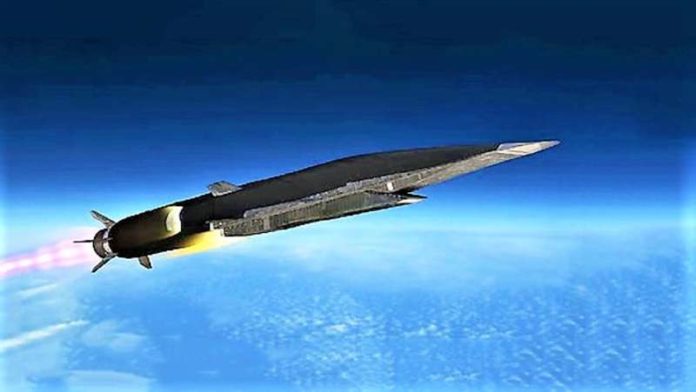
The Russian special operation being conducted in eastern Ukraine is a fascinating opportunity to observe a once in a century military paradigm shift unfold before our eyes. Larry Johnson, Andrei Martyanov and the Saker blog, (all of which are linked to on my sidebar), are doing some truly excellent critical analysis of just what is playing out in real time.
What we are seeing is a major military strategic shift in action, in a similar fashion to what was going on before the outbreak of The Great War in 1914. Back then, strategy and tactics were being painfully adjusted to reflect the reality of game changing new military hardware and the effect that this was happening on various battlefields. The first and second Boer Wars were excellent examples of this; the rapid fire rifle and the Maxim machine gun both seeing extensive use in that conflict.
But while every nation’s army of the time had a small cohort who understood what was at stake, the vast majority of professional military men were entirely resistant to the new and radical ways of thinking. It would take a good twenty four months on the fields of northern France and Flanders before the necessary adjustments would begin to be made, which culminated in 1918 with visionary generals such as General John Monash utilising shock troop tactics under creeping artillery barrages to break through the German lines on what became known as the blackest day in Prussian military history.
America’s wars of the past few decades have been lopsided affairs against third rate opponents, outgunned and overwhelmed by material might. Even so, the U.S. has managed to lose most of those wars. The tactical method most utilised in such combat operations was to send out groups of lightly armed infantry to make contact with insurgents. Once contact had been made, forward observers would bring down the immense firepower available to them from strike aircraft and artillery systems while the infantry sat tight. It is important to understand that the U.S. and its allies were very rarely, if ever, on the receiving end of similar treatment.
On a strategic level, the U.S. has run its localised wars based on an effort to win and hold territory. The thinking went, the more territory that you hold, the better that you’re doing. This was most noticeable during the twenty year war in Afghanistan when at one time the Taliban forces were restricted to a few tiny inaccessible pockets of the country. Yet the Americans still lost. When the tide turned in 2021, vast areas of Afghanistan flipped to Taliban rule in a matter of weeks. The strategic aim to hold land proved to be worthless when that land could so easily revert back to an enemy that still existed as a fighting force.
The same Western generals who ran those wars are now providing the bulk of the mainstream media commentary on what is happening in the Ukraine. The expert commentators are of the firm opinion that Russia’s war is going very badly indeed, since the territorial gains are supposedly not up to standard. But Russia’s strategic aim is not to win territory, but rather to grind down and destroy the ability of the Ukrainian military to successfully wage war. It’s a body count executed by artillery in various forms, with infantry providing a follow up to finish off what’s left on the ground.
Precision strikes by advanced Russian hyper sonic missile technology has been used against foreign mercenary encampments and stockpiles of foreign sourced weapons. But the Russians have been holding back from using much of their high end tech, presumably because they don’t want to give the game away to a NATO opponent that is still convinced the year is 1989.
Larry Johnson has an article out today which refers extensively to Martyanov’s excellent book, Losing Military Supremacy. One topic of discussion is the U.S. carrier fleet, a projection of American military might for over eighty years. What are the ramifications for such expensive military hardware in light of the development of Russian hyper sonic missile technology?
The introduction into service in 2017 of the 3M22 Zircon hyper-sonic missile is already dramatically redefining naval warfare and makes even remote sea zones a “no-sail” zone for any US major surface combatant, especially aircraft carriers. Currently, and for the foreseeable future, no technology capable of intercepting such a missile exists or will exist. . . .the X-32 (Kh-32) cruise missile whose range is 1000 kilometers and has a speed in excess of Mach 4.2. This missile, apart from being able to attack anything on the ground, is capable, in fact was designed primarily for the purpose, of hitting anything moving on the surface of the sea. The missile, let alone a salvo of them, is incredibly difficult, if even possible at all, to intercept and as the above-mentioned demonstration showed, Iran most likely would have no problem with allowing these very TU-22M3s to operate from her airspace in the event of a worst case scenario. Launched anywhere from the Darab area, the hypothetical salvo would not only cover all of the Persian Gulf but will reliably close off the Gulf of Oman for any naval force. No ship, no Carrier Battle Group would be able to enter this area in the event of a conventional conflict with Russia in Syria—the strategic ramifications of this are enormous.”
It wasn’t the raid on Taranto Harbor that finally convinced military minds that the battleship had become an anachronism, nor did Pearl Harbor seal the deal. Rather, it was the sinking of HMS Repulse and Prince of Wales by Japanese aircraft off the Malaysian coast that finally ended the glorious reign of the battleship. A few months later at the Battle of Midway, it took US dive bombers just six minutes to permanently disable three out of the four Japanese carriers, but the mythical might of the carrier has managed to endure for a further eighty years. It will finally end not with a whimper, but with a bang brought on by a precision strike, and the power of U.S. hegemony will go down with it.
The military world is going through a real time process of being brought kicking and screaming into the new rules of 21st century warfare. Nations like Russia and potentially China seem poised to gain the most advantage, while the Western belt of powers still cling to what they know and are comfortable with. It will take a severe shock to shake them out of their psychological malaise; but by the time they realise what is happening it could well be the case that the world will have moved on.
Originally published at Pushing Rubber Downhill. You can purchase Adam’s books here.










